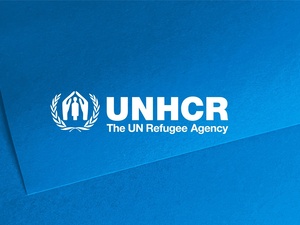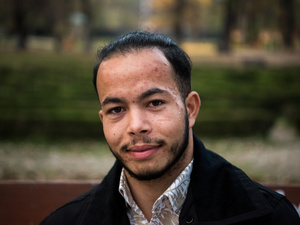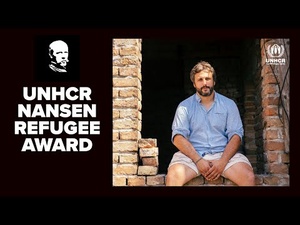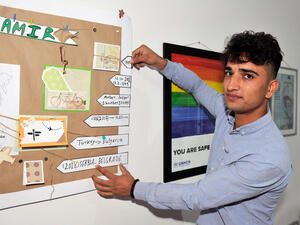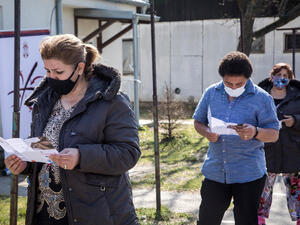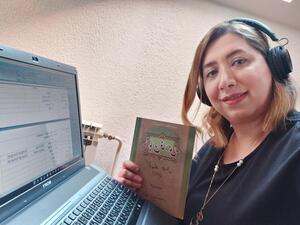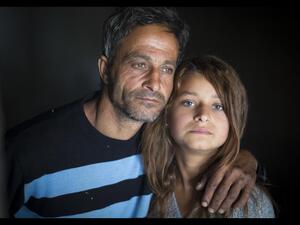Kosovo Crisis Update
Kosovo Crisis Update
The Exodus
All major exit routes from Kosovo were effectively closed Thursday and only a trickle of people left the province in the last 24 hours.
Following its unilateral cease-fire declaration earlier in the week, the Yugoslav government has now apparently instituted a new policy toward the province's civilian population.
After two weeks during which Yugoslav military and Serbian police units relentlessly cleared towns and villages, forcing several hundred thousand people onto trains, buses, tractors and cars in a mass exodus, Yugoslav authorities have now closed all the major crossing points into Albania and Macedonia.
Since widespread civil strife erupted in Kosovo 13 months ago, an estimated 621,000 people have left Yugoslavia's southern province, but Wednesday the exodus slowed to just a trickle.
At the main crossing point into Albania one solitary tractor piled high with 26 Roma (gypsies) from the Orahovac municipality arrived. They said they had been expelled because they were originally from Albania and not "true" Kosovars. During their trek to the border they said they saw many cars and tractors abandoned along the road, some of them smashed and burned. There was almost no movement of people.
One thousand people did arrive in Montenegro from Istok Wednesday after they spent several days trudging through the mountains in separate groups. Some refugees said an unknown number of people had died en route and others were being turned back by Serbian police in the vicinity of Raska and Novi Pazar.
This confirmed reports from other border areas that the Yugoslav authorites are now systematically turning people around and telling them to go home following the announcement of the unilateral cease-fire.
Local Montenegrins met the new arrivals with buses and other transport and tents were erected for their arrival.
In Macedonia Thursday, following a day of total confusion surrounding the fate of tens of thousands of refugees at Blace, humanitarian officials confirmed that a huge fleet of 350 buses, each carrying around 80 people, had transferred an estimated 28,000 people to the newly established transit camp at Brazda and an adjacent site at Stankovic. Reports said a convoy of 103 buses took 9,500 to the Albanian border town of Pogradeci. The Blace site itself was totally empty Thursday.
The High Commissioner's visit
High Commissioner Sadako Ogata was visiting Albania Thursday before flying to Macedonia later in the day. She scheduled talks with President Rexhep Meidani and Prime Minister Pandeli Majko, meetings with ambassadors and the media before visiting Kukes, refugee sites and the nearby border.
During her visit, in addition to obtaining an on-the-spot assessment of the situation, Mrs. Ogata will stress several things in her talks with officials, including the overall civilian and humanitarian nature of the operations to assist refugees. UNHCR is the lead humanitarian organization in the region.
Mrs. Ogata has also spelled out UNHCR's position on the treatment of Kosovar refugees. "It is better to protect and assist refugees in the vicinity of Kosovo itself, in order to facilitate what we hope will be an early return" to the province, she said earlier in the week.
However, there will undoubtedly be situations where at least some refugees will need to transfer to countries outside the immediate region for temporary safety and in other cases she stressed that refugees "with special protection needs" may have to be resettled permanently in third countries.
Following the forced removal of some refugees from Macedonia in the last few days, the High Commissioner also stressed that any evacuation from the immediate region must be totally voluntary and that families must be kept together. There were numerous reports that at least some families had been split up in Macedonia. Under no circumstances will UNHCR be associated with forced evacuations, she said.
Aid
In Brazda and Stankovic in Macedonia, tens of thousands of refugees are now under shelter and receiving hot food and medical attention.
In Albania a 3,000 capacity camp established by the Italian army on the highway between the Morini border crossing and Kukes opened. In addition to basic assistance, this camp also offers medical and psychological support for traumatized refugees and can medevac them by helicopter to Tirana if necessary.
However, bottlenecks in the aid supply line remain. Tirana airport is totally clogged each day with large numbers of incoming aircraft and inadequate off-loading facilities and airspace in the region is highly congested. Thursday, for instance, 15 humanitarian flights requested flight clearance but only eight could be granted. All incoming flights into the region are now coordinated through NATO and a combined Air Operations Cell at UNHCR headquarters in Geneva.



